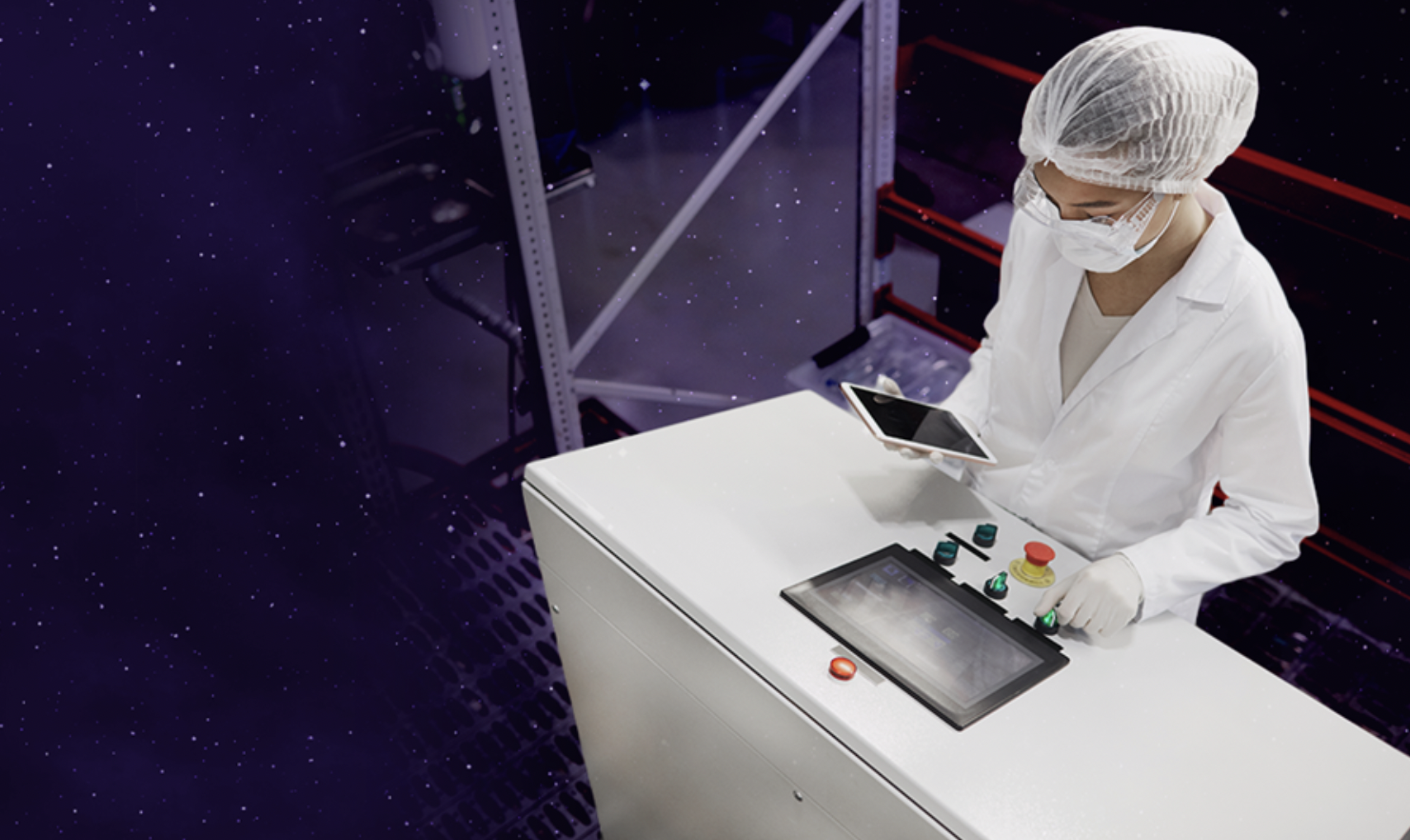If we had to choose a 2020 word of the year for service organizations, it would be “adaptability.” Companies everywhere, regardless of industry, had to adapt to deliver the same level of support, but from a distance. They had to rethink technology investments and move faster than ever to implement them. And that won’t change with the stroke of midnight on December 31st.
The good news? This year gave us a crash course in preparedness that should prove useful well into 2021. As we all navigate the season of reflecting and planning for the future, IDC Research Director Aly Pinder Jr. joined Aquant on a recent webinar to discuss the three biggest challenges service organizations will face in 2021—and what you need to know to overcome them.
Customer Expectations are Higher than Ever
That’s a statement likely to keep even the most experienced service leaders up at night. But it’s also a statement full of opportunity.
“What’s interesting is, if I look back two to five years ago when we thought about technology investments, a lot of it was around operational efficiency—let’s get the right tech to the right place faster,” says Pinder. “In this COVID environment, it’s much more tied to how we can more intelligently get the right answers to the right questions to solve the problem.”
Over the past year, many customers have grown to expect three things from their interactions with companies, whether it’s grocery shopping online or getting technology support at the [virtual] office:
- More thoughtful experiences
- Faster resolution times
- Safer, more contactless services
Fully meeting these new customer expectations requires investing in the right technology quickly. Taking two or three years to implement and roll out new tech isn’t an option anymore. Even a few months is too slow in this new business world. Results need to happen in a matter of weeks.
“What is most interesting is organizations that had digitally transformative initiatives in place were fast to return to growth [compared to] those that had limited capabilities around technology,” notes Pinder.
It’s never too late to invest in digital transformation to ensure a more resilient team well into the future. However, it is important to evaluate where you are and where you want to be so you can determine the best steps forward.
According to Pinder, if you haven’t made significant progress around digital transformation, you’re not alone. IDC looked at over 300 manufacturers and organizations and found that almost one-third of respondents are in the early stages of thinking about digital transformation. Beyond this, only 5.8 percent of organizations had moved beyond integration to receiving real-time service insights.
Whichever category your business falls into, one of the biggest challenges of 2021 will be connecting assets, people, devices, and businesses to usher in the next generation of service.
Remote Service and Hybrid Teams are Here to Stay
How many of you go a single day without using the word “remote?” From schools to workplaces to doctor’s appointments and beyond, remote took on a new meaning in 2020. This is especially true in the service space. That isn’t going away.
2021 will bring an increased need for remote service capabilities and hybrid work teams. We will need to ask ourselves questions like:
- How can technology help companies figure out the problem before they go on site?
- How can a hybrid setup help techs do their job faster once they arrive?
- How can we leverage service data to make all of this a reality?
“We’ve seen that even in manufacturing industries where remote work was only about 1.5 percent of the workforce just 12 months ago, now just under one-third of workers will still remain remote,” says Pinder. “Even in manufacturing, preparing for remote will continue to be a challenge for businesses. Remote work, I think, is here to stay”.
Pinder also points out that customers will have varying levels of comfort with inviting technicians or third-party workers onsite. And even if they are comfortable with in-person interactions, many will want to keep those visits as short as possible.
This means that the success of service organizations depends on having the right information instantly accessible to solve customer problems. At the core of remote and hybrid service will be artificial intelligence and machine learning tools, designed to streamline service planning and execution. The ultimate goal? To enable contactless and remote support even before failures occur. These enhanced services are the future.
Productivity Isn’t Enough Anymore
These days, maximized productivity is table stakes. We’ve already discussed how service organizations today need to be proactive and predictive to solve complex problems accurately and quickly. As a service organization leader, it’s up to you to empower your teams to be agile and impactful. This includes implementing augmented reality capabilities to ensure expertise can be shared quickly organization-wide—regardless of tenure or skillset.
Going beyond productivity may look like:
- Resolving an issue or providing intelligence remotely
- Investing in cloud technologies
- Delivering accelerated innovations through artificial intelligence and augmented reality
- Moving beyond a mindset of “let’s do something cool” to “let’s do something that will help transform our business”
“It’s all about how technology can help us deliver on the service promises and maintenance promises we have for our customers,” says Pinder.
It’s also about improving the engagements we have with our end users and customers. There are so many examples of this in the e-commerce world, where customers can shop from their living rooms and pick up an order without even setting foot inside a store. Service organizations can channel this experience, too. As Pinder puts it: “Service is an opportunity for us to deliver value to our customers.”
One Thing that Will Never Change: The Power of Your People In and Out of the Field
Aquant focuses on taking data from people and machines and transforming that into business insights in and out of the field.
And this new normal places an even higher set of expectations and responsibility on the operators in the field to quickly and efficiently resolve equipment issues. But right now there’s a huge gap in services that connect operators to critical information that helps them do their job better, safer, and more efficiently.
Want to put the power in the hands of your people? Sign up for a free trial of ServiceHero to reimagine asset operator engagement in the field with ServiceHero.
- Improve remote resolution and self-service success rates
- Increase asset visibility
- Reduce onsite visits
- Boost customer service
Recent Posts
-

AI and Shift Left Will Propel Success in Medical Device Service, Says New Aquant Report
Read More »March 05, 2024 Janice Camacho








